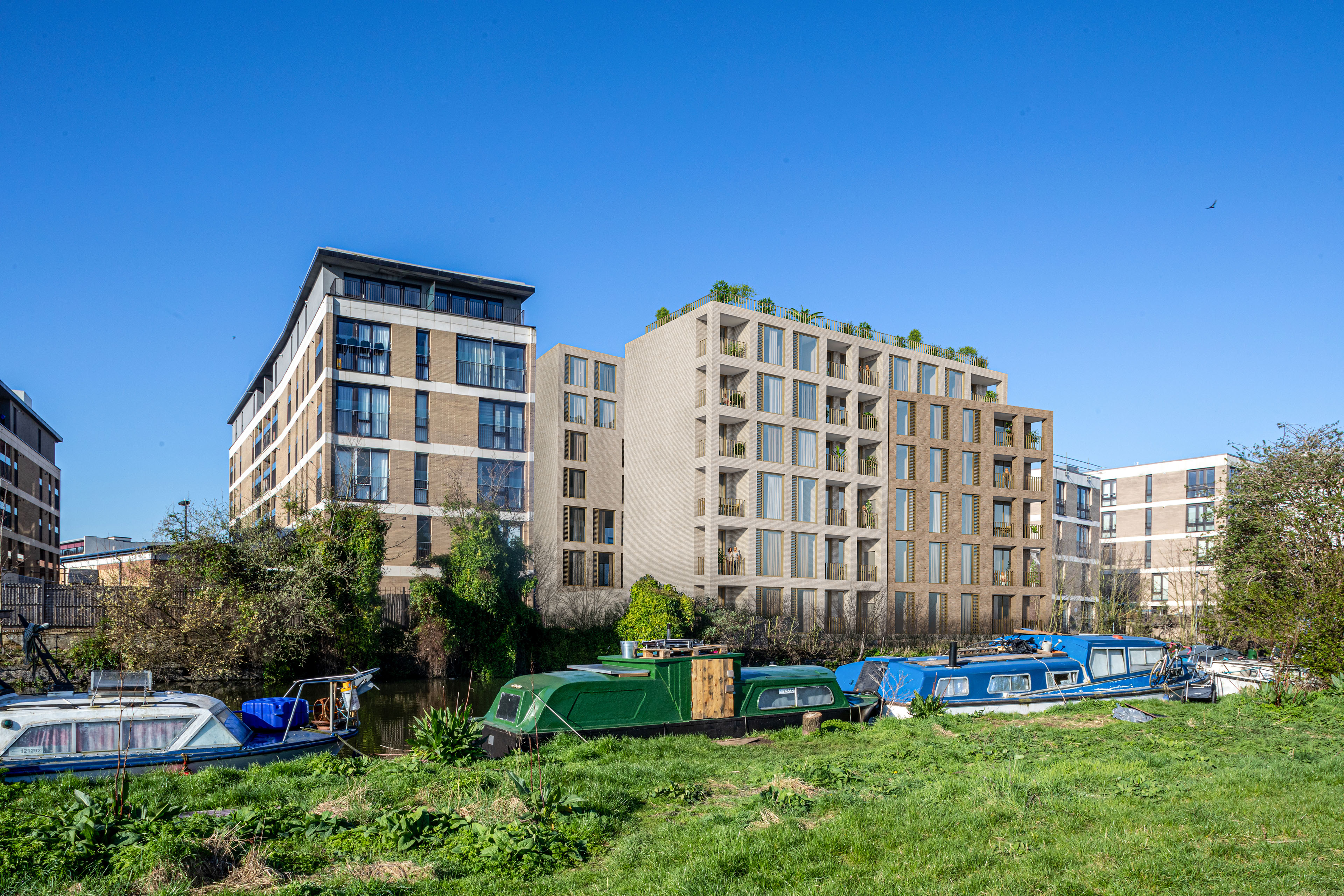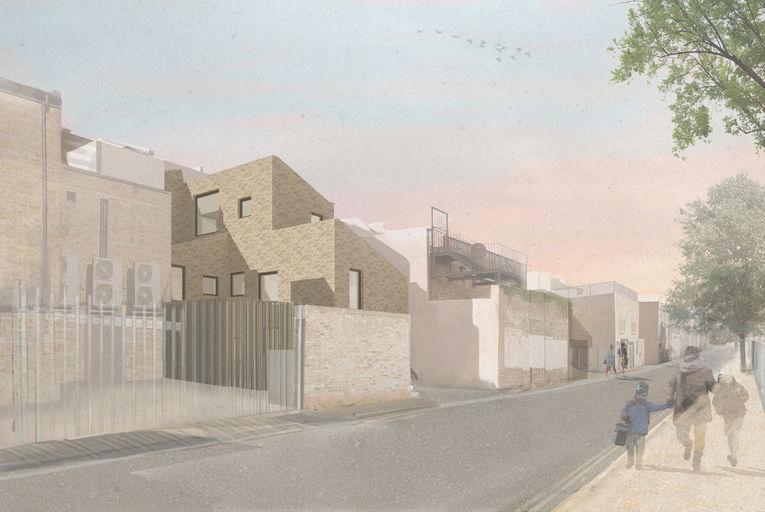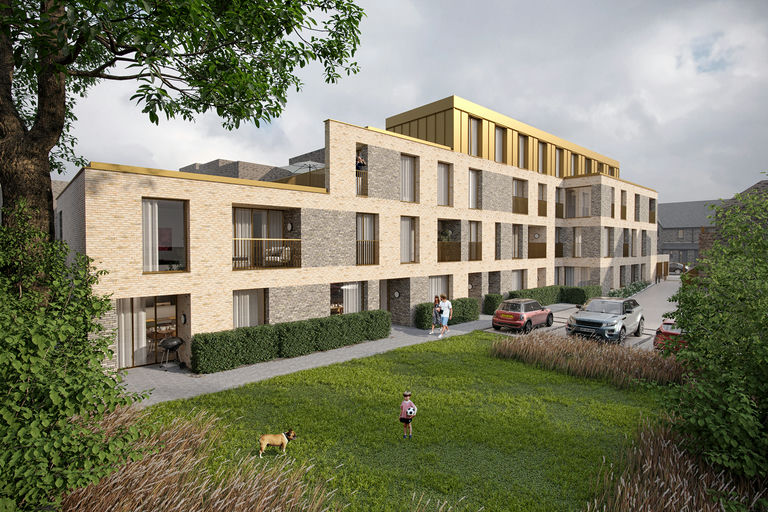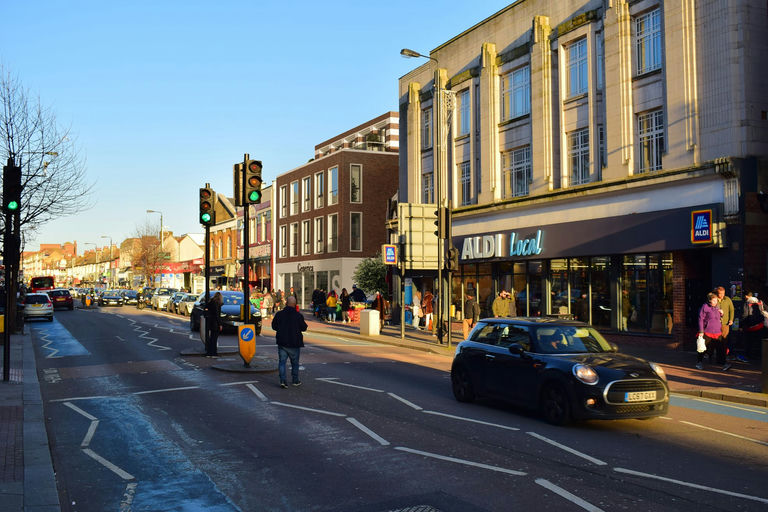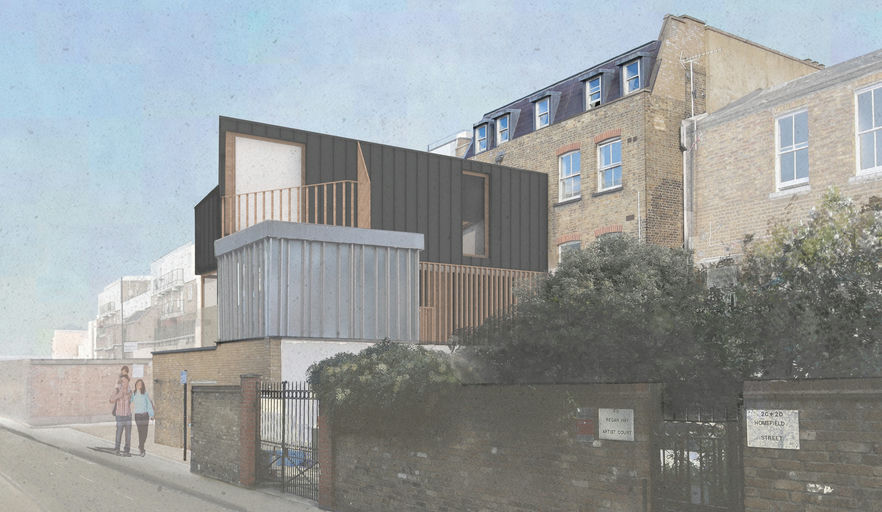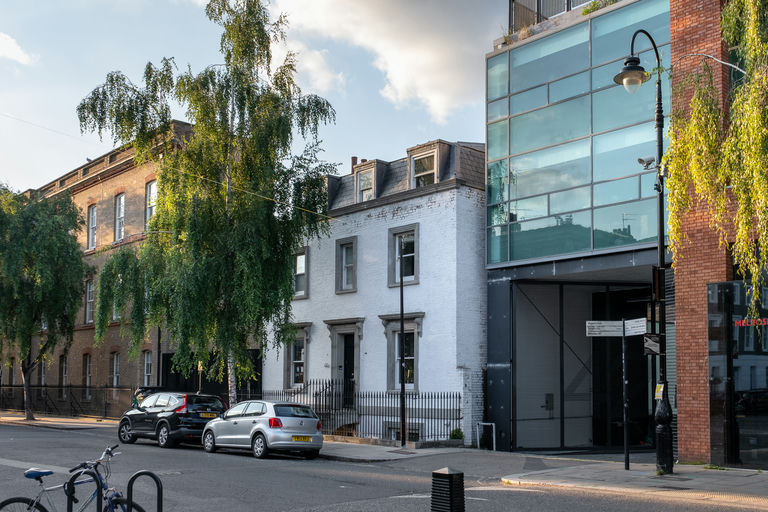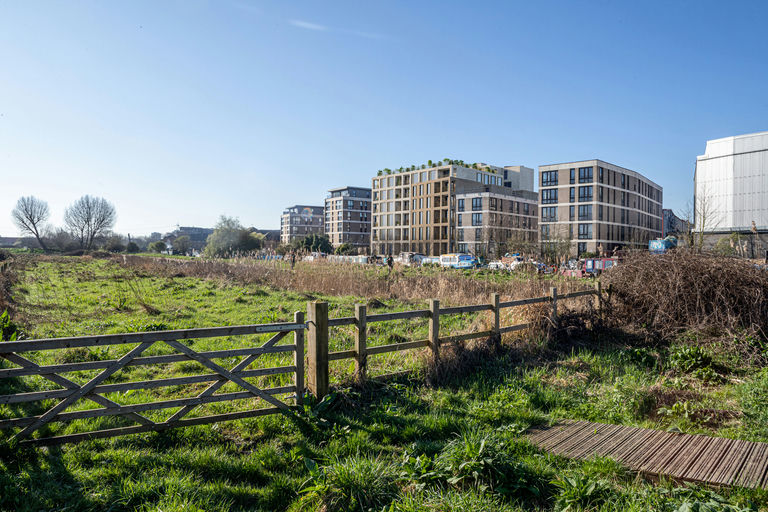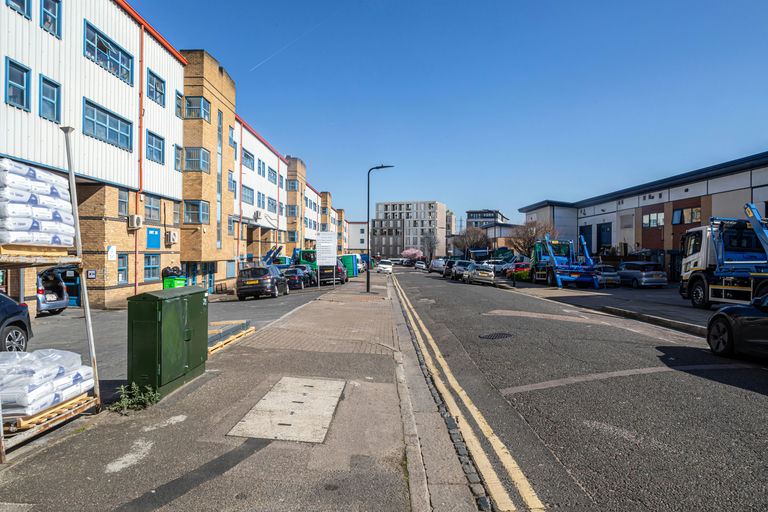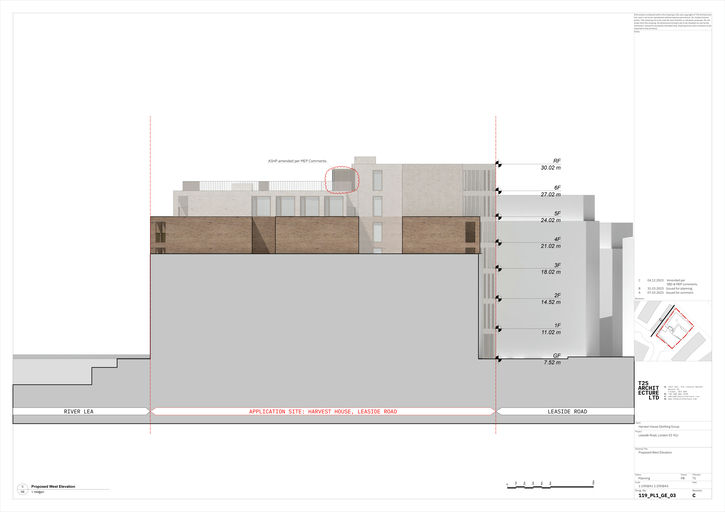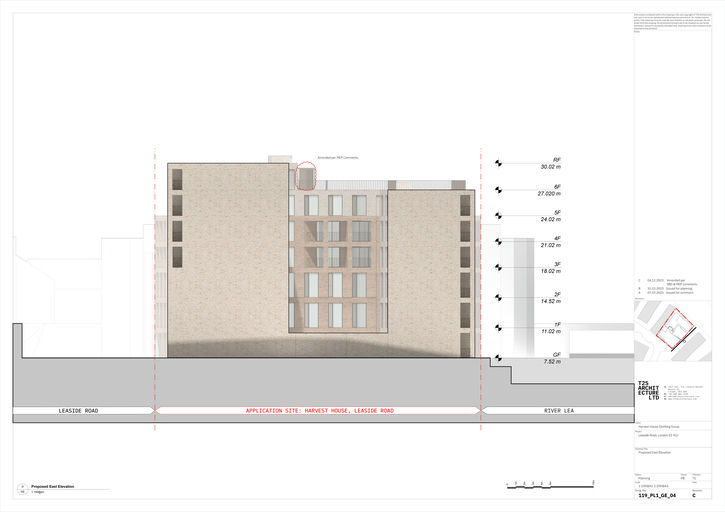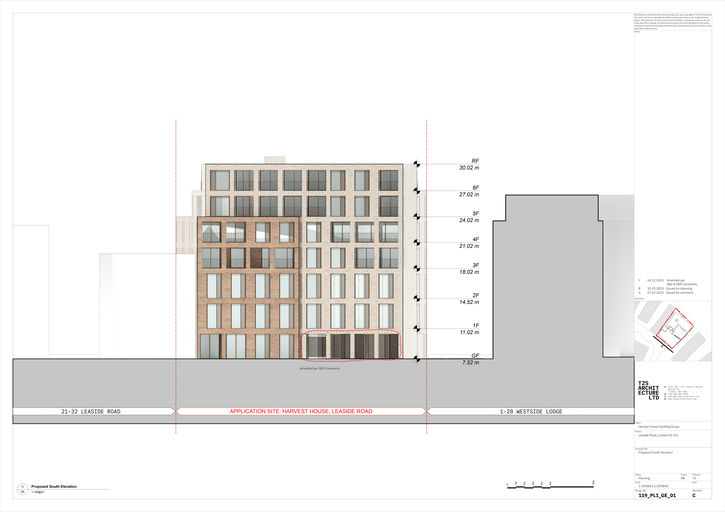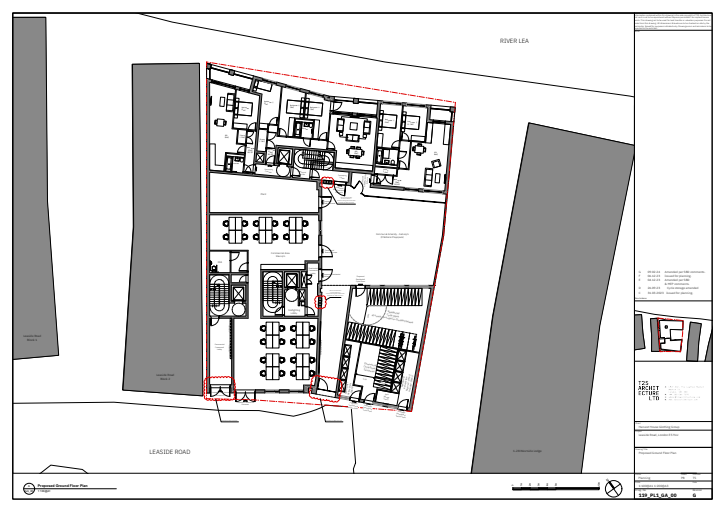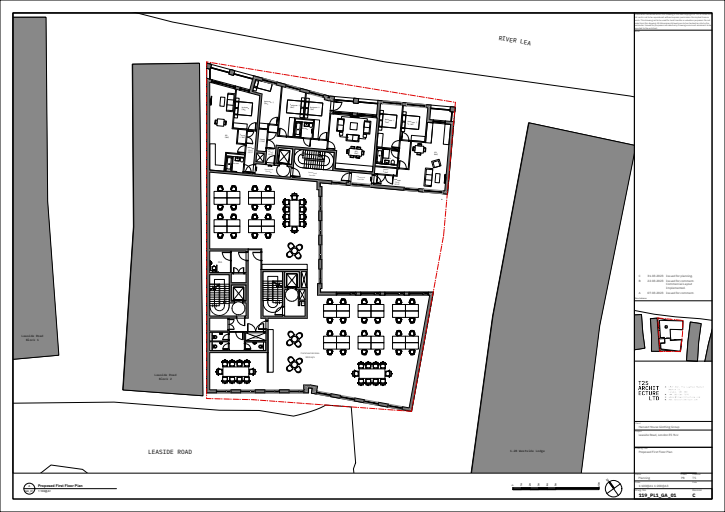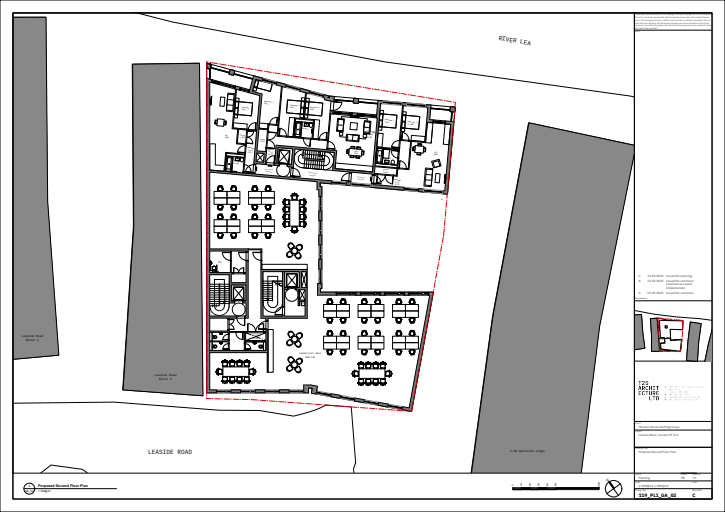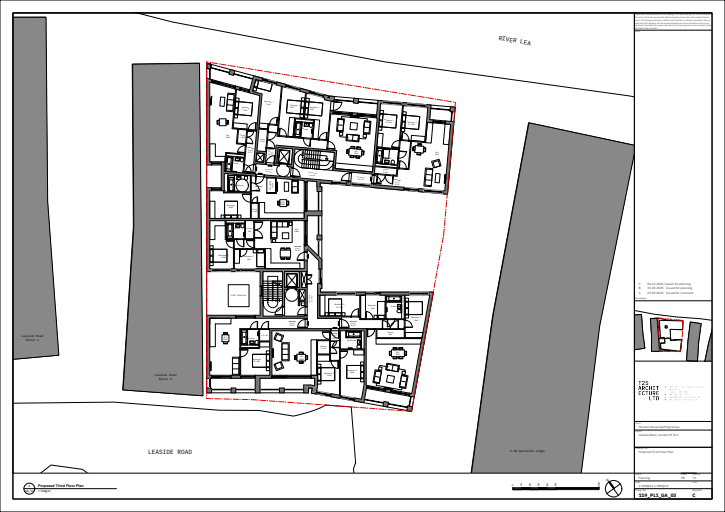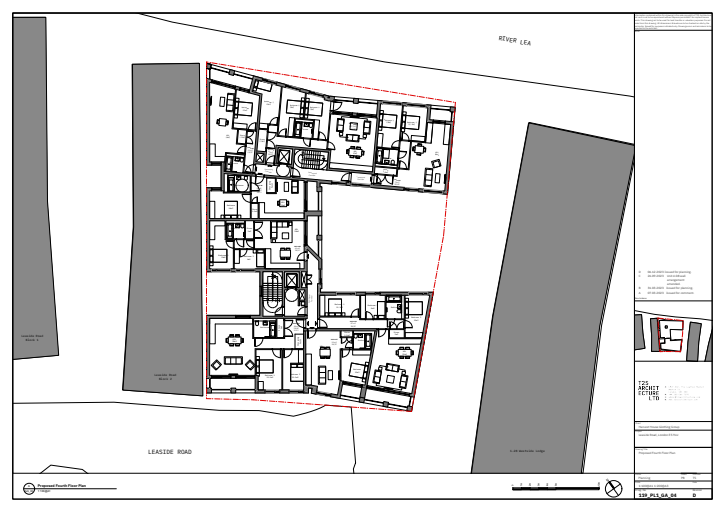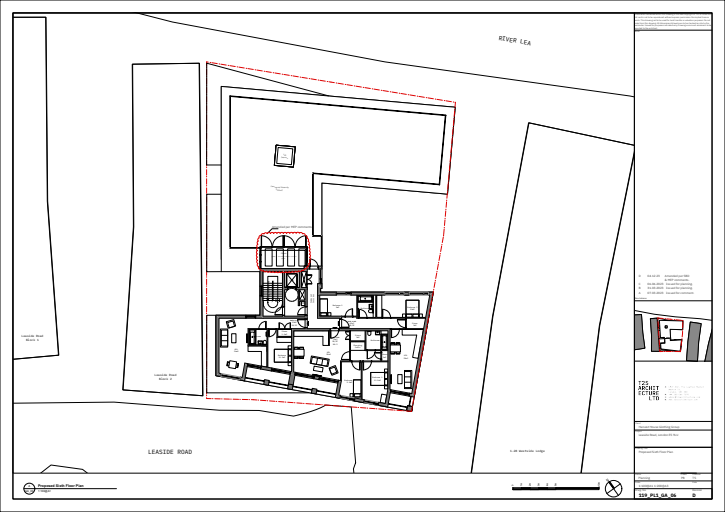Leaside Road
London Borough of Hackney
Harvest House is an existing factory / warehouse building sitting on Leaside Road in Hackney, North London. Set within a collection light industrial building, numerous recent large scale residential developments have transformed this area.
These largely astride the Lee River Canal, which sits to the North of the site, set within the marshes which stretch southwards towards Hackney Wick and the Olympic village.
T2S were engaged to develop proposals for a large-scale part 6 and part 7 storey missed use development. A ‘c’ shaped form was created, pushing the mass against the Canal, Road and Western boundary, to allow daylight deep into the square footprint.
A quantum of commercial space was provided to replicate the employment floor space lost by demolishing the existing building. Private and affordable residential apartments were created at the upper levels and to the rear, where the building benefits from views along the Marshes.
The design features a series of angled forms which create definition and react to the local urban grain and vernacular. We decided to then use a calming palette and window pattern to highlight the interest of the form. Balconies are recessed within this grid, so the design has a playfulness and informality.
Different brick tones help to create a calm palette of materials to further emphasise the form and mass. The standard grey set back floor is avoided by using the splintering geometry of the lower floors, which in our view is a more simple elegant top floor solution.
location
London Borough of Hackney
started
-
Completed
2015
-
2027
cost
client
Private
team
consultants
Planning Consultant; Centro; Energy - JB Lewis Ltd; DLSL - Brooke Vincent; CGI's - The Visualiser; Townscape analysis - Bridge Associates.
Acknowledgements
Acknowledgements
Acknowledgements
T2S Architecture
